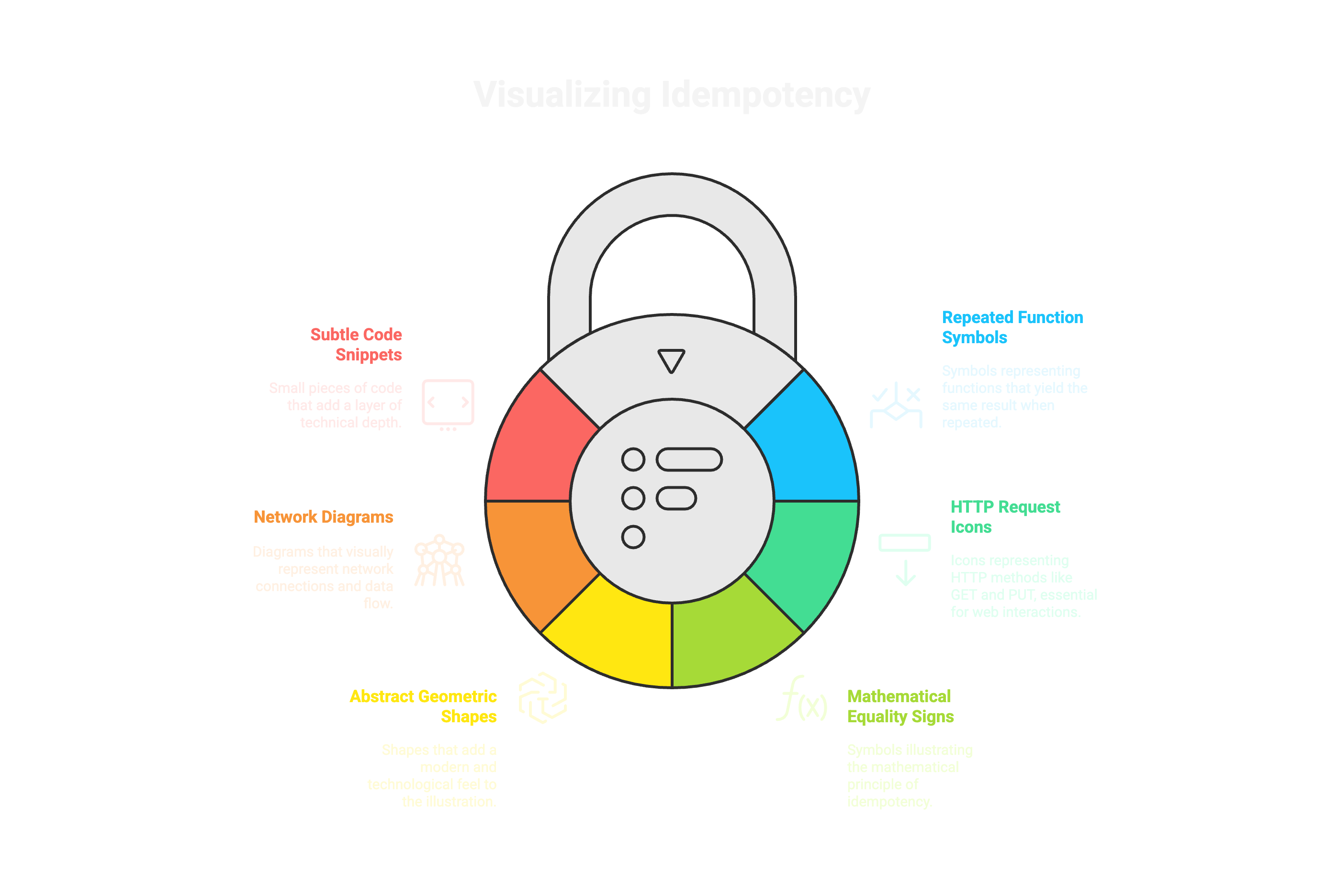What is Idempotency?
- Authors

- Name
- Abhishek Thakur
- @abhi_____thakur

Understanding Idempotency
Idempotency refers to a property of certain operations, especially in computing and mathematics, where performing the operation multiple times produces the same result as performing it just once. In other words, an idempotent operation can be executed multiple times without changing the outcome after the first application.
Examples
HTTP Methods
In web development, certain HTTP methods are designed to be idempotent. For instance:
- GET: Requesting a resource (e.g., a webpage) multiple times will return the same resource without modifying it.
- PUT: Updating a resource with the same data multiple times has the same effect as updating it once.
- DELETE: Deleting a resource, even if attempted multiple times, will result in the resource being deleted (or stay deleted after the first attempt).
Mathematics
In mathematics, an operation is idempotent if applying it more than once gives the same result. For example, for a function f(x), if f(f(x)) = f(x), the function is considered idempotent.
- The Boolean operation AND is idempotent:
true ∧ true = true
Databases
Idempotency is useful in database transactions where the same transaction could be submitted multiple times. The database ensures that the end result remains consistent regardless of how many times the transaction is processed.
Why Idempotency is Important
Idempotency is critical in systems like web servers or payment systems where operations might be repeated due to network failures, retries, or user errors. Ensuring an operation is idempotent helps maintain system reliability by avoiding unintended side effects of repeated requests or commands.